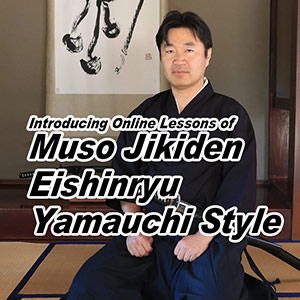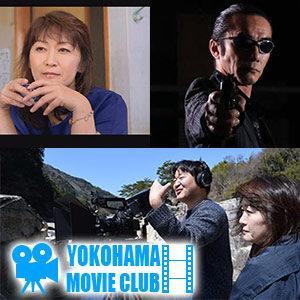The primogenitor of the Hikobe line is Takechinomiko, who lived 1,300 years ago. Takechinomiko was the eldest son of the 40th Emperor, Tenmu. Takechinomiko was a hero in the feudal wars of the Jinshin Era. The current head of the family is the 49th in the Hikobe Line. The current family name of Hikobe was taken from the former fiefdom of Hikobe village, the former name for the current Iwate Prefecture. The current family head is the 29th in line to use the name of Hikobe. Furthermore, Nobukatsu Hikobe moved the family home to Kiryu towards the Sengoku era around 1560, 17 generations ago.
The Hikobe Family Manor.
The Hikobe Manor is surrounded by hills and mounds and within the 20,600 square meters of property the main building, the Fuyuzumi, the winter residence a retirement home for elder members of the family, the main entrance gate, a document storehouse and a granary are some of the structures found on the site. In the south-west, there is the Chisen-Kaiyu-shiki garden in the tradition of the Muromachi-era, echoing back to the days when the manor was a medieval samurai family residence. The structures mentioned above on the property are stipulated National Important Cultural Assets. It is very rare to find such an example of where several generations with unbroken linkage have lived in the same place.
Many important cultural artifacts and National Treasures relating to this cultural heritage have been inherited down the generations throughout the long and distinguished history of the Hikobe Family. Amongst these is a Silk Purchase Order from the Muromachi Shogunate which is a rare document that demonstrates the importance placed on Kiryu Silk by Kyoto.
-Nagayamon Gate-
Constructed in the middle Edo period.
-The Storages-
They are constructed around the end of Edo period. It has unique 2 layers roof.
-The Garden-
-Keep and backdoor-
Official Web






